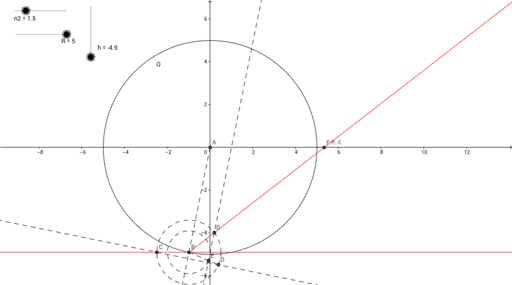

A point is inside a polygon if any infinite ray beginning at the point intersects with an odd number of polygon edges (known as the even-odd rule).For example, you could rigorize point-in-polygon with the following definitions: How would we describe the point-in-polygon scenario without using such tautological language as 'it's inside the polygon if it's inside the polygon'?ĭifficult, but not impossible. We see the following diagram and it’s immediately obvious to us that the point is in the polygon: To the human eye, this isn’t a hard question. PIP does a great job of demonstrating why computational geometry can be (deceptively) tough. Let’s take a fairly straightforward computational geometry problem: given a point and a polygon, does the point lie inside of the polygon? (This is called the point-in-polygon, or PIP problem.)

But if theoretical relevance isn’t enough for you… And important in-practiceĪs I mentioned earlier, game development relies heavily on the application of computational geometry (for example, collision detection often relies on computing the convex hull of a set of objects) as do geographic information systems (GIS), which are used for storing and performing computations on geographical data and robotics, too (e.g., for visibility and planning problems). Here, we see a clever proof technique and a result that is curious enough to be appreciated on its own. The proof itself uses dual graphs, some graph theory, triangulations, and more. And with some elbow grease, we can prove that n/3 cameras is always sufficient for a polygon on n vertices, no matter how messy it is. When we translate this to computational geometric notation, the ‘floor plan’ of the gallery is just a simple polygon. But we’re under a tight budget, so we want to use as few cameras as possible.
#RAY DRAWING GEOMETRY INSTALL#
These qualities alone make it a field worth studying, in my opinion.įor example, consider the Art Gallery Problem: We own an art gallery and want to install security cameras to guard our artwork. Theoretically intriguing…įrom a theoretical standpoint, the questions in computational geometry are often exceedingly interesting the answers, compelling and the paths by which they’re reached, varied. While convex hull computational geometry algorithms are typically included in an introductory algorithms course, computational geometry is a far richer subject that rarely gets sufficient attention from the average developer/computer scientist (unless you’re making games or something). In this post, I’d like to shed some light on computational geometry, starting with a brief overview of the subject before moving into some practical advice based on my own experiences ( skip ahead if you have a good handle on the subject). When people think computational geometry, in my experience, they typically think one of two things:


 0 kommentar(er)
0 kommentar(er)
